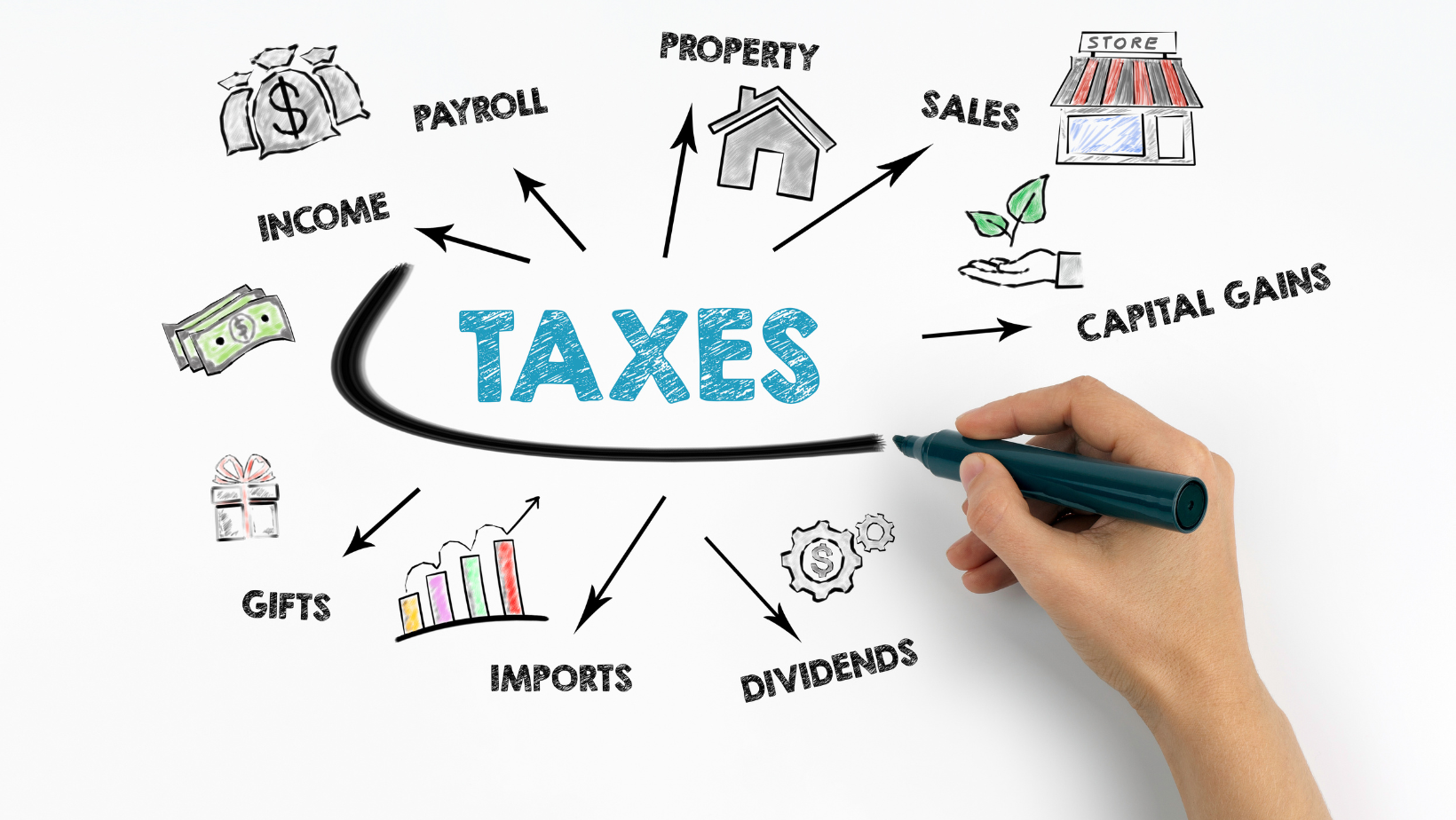Understanding Superannuation in Australia: A Guide to Retirement Savings
Superannuation, also known as "super" in Australia, is a form of retirement savings plan that is mandatory for most employees in the country. It is designed to provide Australians with financial security and stability in their retirement years.
In Australia, employers are required by law to make contributions to their employees' superannuation funds. Currently, the minimum contribution rate is 10% of an employee's salary, but this may vary depending on the terms of employment or industry.
Superannuation is generally managed by superannuation funds, which are financial institutions that invest the contributions made by employers and employees in a range of assets such as shares, property, and bonds. These investments are intended to generate returns and grow the value of the fund over time.
Employees are also encouraged to make additional contributions to their superannuation fund. This can be done through salary sacrifice arrangements, where the employee agrees to sacrifice a portion of their pre-tax income to be contributed to their superannuation fund. Alternatively, they can make after-tax contributions, which may be eligible for additional government contributions or tax deductions.
Superannuation funds offer a range of investment options, including high-risk/high-return options for those who want to grow their investments quickly, and low-risk/low-return options for those who prefer a more conservative approach. Members can choose how their funds are invested, or they can opt for a default investment option that is selected by the fund.
Superannuation funds are regulated by the Australian Prudential Regulation Authority (APRA) and the Australian Securities and Investments Commission (ASIC) to ensure they comply with strict legal requirements, including investment guidelines and reporting obligations.
Superannuation in Australia is also subject to taxation laws. The contributions made by employers are taxed at a concessional rate of 15%, while investment earnings within the fund are taxed at a maximum rate of 15%. When an individual reaches retirement age and starts receiving payments from their superannuation fund, these payments may also be taxed depending on their age and the amount of their benefit.
Overall, superannuation is an important aspect of financial planning in Australia, providing individuals with a way to save for their retirement and ensuring they have sufficient funds to support themselves in their later years. It is essential to understand the various aspects of superannuation, including the investment options, taxation implications, and regulatory requirements, to make informed decisions about managing your superannuation fund.

